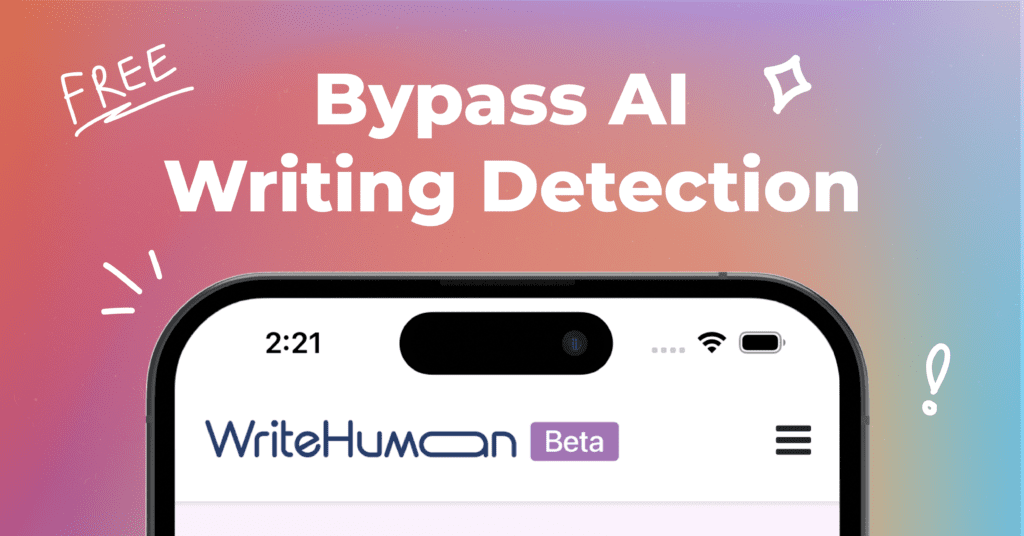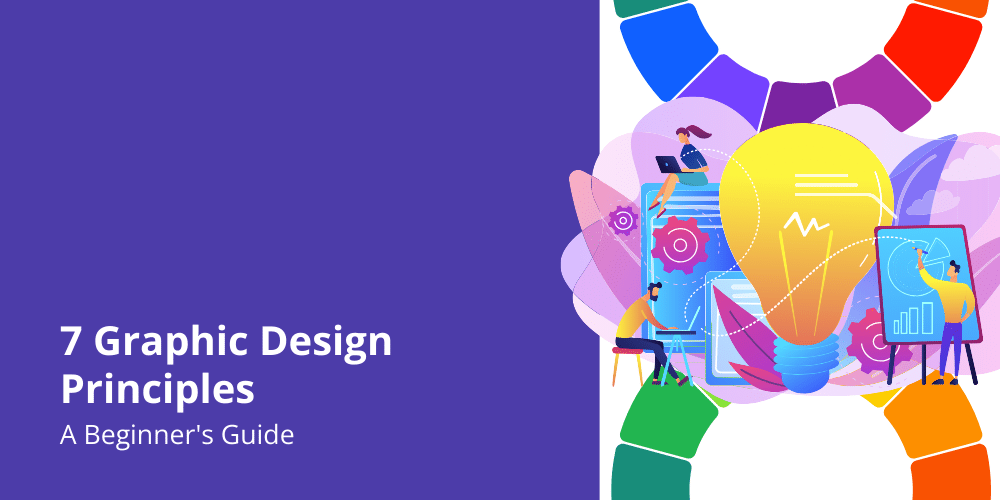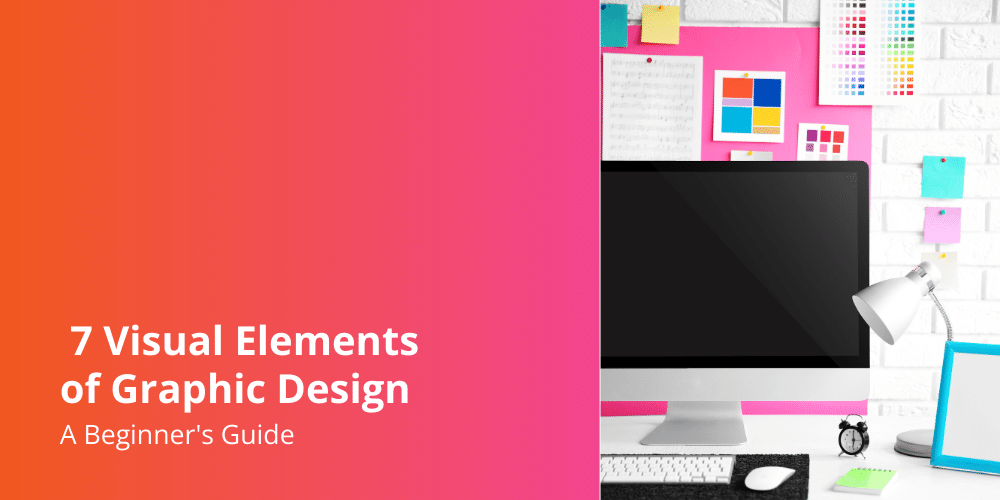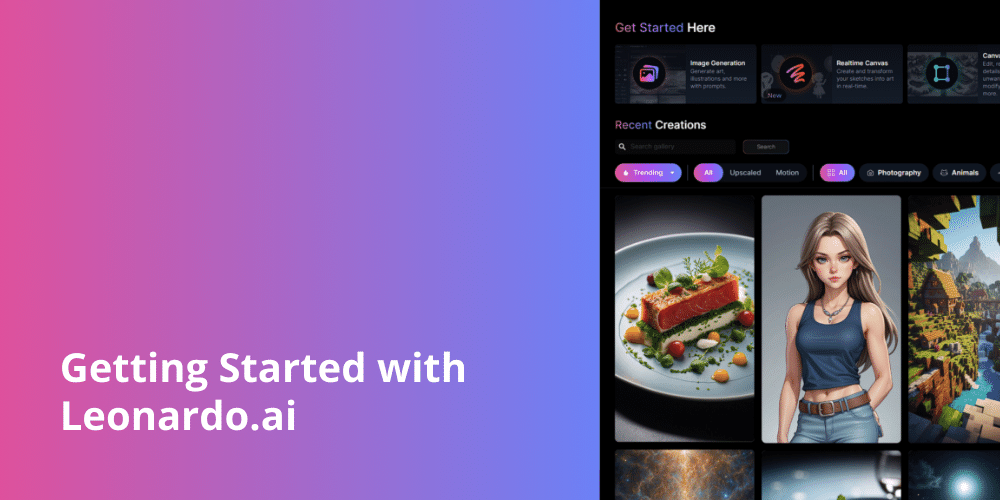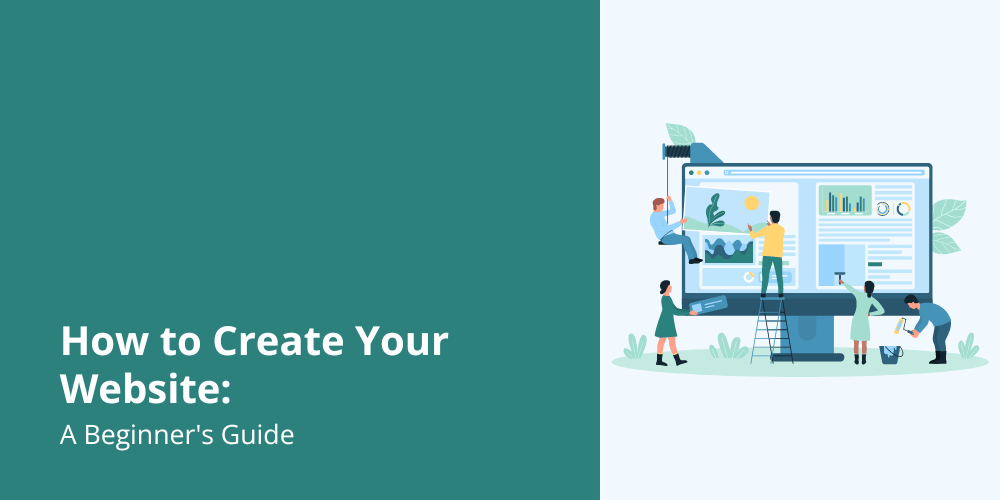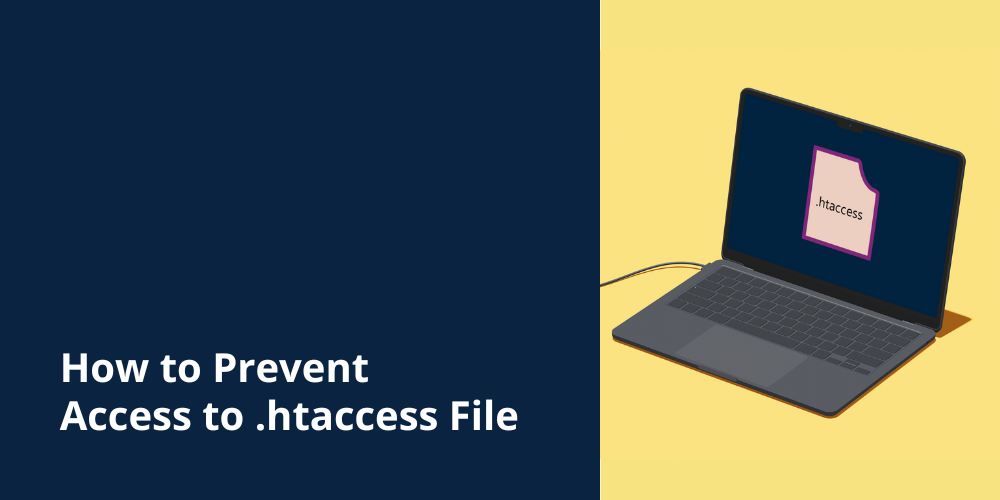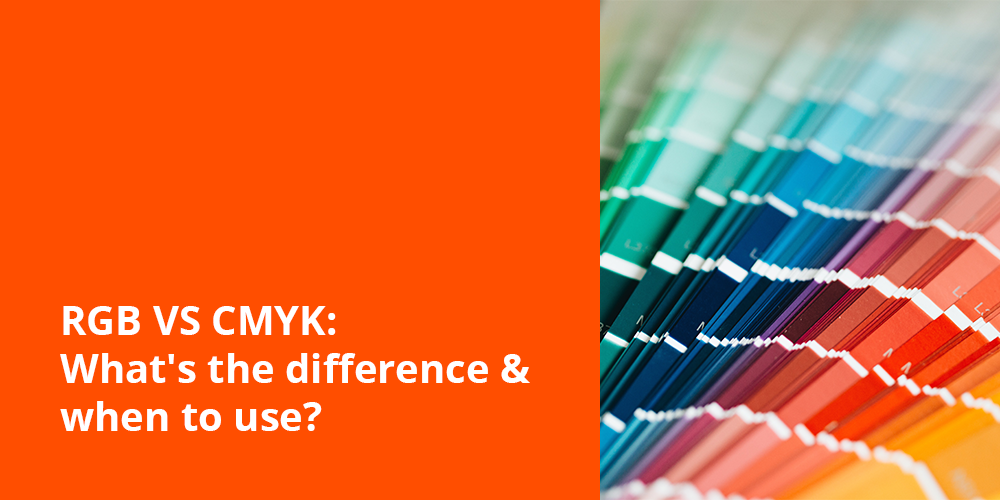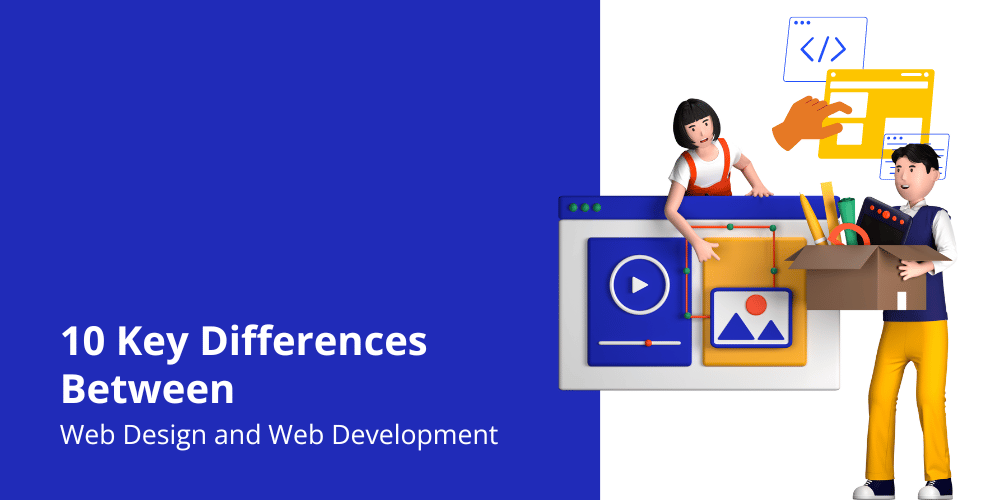When you think about creating a website, two terms often come up: web design and web development. While they may sound similar, they involve distinct roles and responsibilities. In this article, we’ll explore the ten key differences between web design and web development, shedding light on the unique aspects of each.
Definition of Web Design and Web Development
Web Design
Imagine you’re building a treehouse. 🌳
The treehouse designer thinks about how it should look: the colors, the shape, the windows, and the cool slide that goes from the top to the ground. They draw sketches and decide where everything goes.
Similarly, a web designer focuses on the visual aspects of a website, including layout, color schemes, typography, and user interface design. It’s all about creating an engaging and aesthetically pleasing experience for visitors.
Web Development
Now, let’s think about the treehouse builder. 🛠️
The builder takes the designer’s sketches and starts hammering nails, sawing wood, and connecting pieces. They make sure the treehouse stands strong, the ladder works, and the slide is safe.
Web Development: Web development involves the technical aspects of building a website. It encompasses writing code, creating functionalities, and ensuring the website works smoothly across different devices and browsers.
Similarly, a web developer takes the web designer’s ideas and turns them into a functional website. They write code (like magic spells for computers) to create buttons, forms, functionalities, interactive features, and data management behind the scenes.
Skillset Required for Each Role
Web Design
- Creativity
- Proficiency in design software
- Understanding of graphic design and user experience (UX) principles
- Knowledge of graphic design principles and visual elements
Web Development
- Proficiency in programming languages (e.g., HTML, CSS, JavaScript, PHP, Phyton)
- Problem-solving skills
- Understanding of web development frameworks (e.g., React, Angular, Vue, NodeJS)
- Knowledge of database management systems (e.g., SQL, MongoDB, ExpressJS)
Tools and Software Used
Web Design
- Adobe Creative Suite (e.g., Photoshop, Illustrator)
- Sketch
- Figma
- Adobe XD
Web Development
- Integrated Development Environments or IDEs (e.g., Visual Studio Code, Sublime Text)
- Version control systems (e.g., Git)
- Frontend frameworks (e.g., Bootstrap, Foundation, Vue.js, React.js, Angular.js)
- Backend frameworks (e.g., Node.js, Django, Laravel, CodeIgniter)
Collaboration with Clients and Team Members
Web designers often collaborate closely with clients to understand their vision and preferences, incorporating feedback throughout the design process. Web developers collaborate with designers and other team members to implement functionalities and ensure technical requirements are met.
Testing and Debugging Processes
Both web designers and developers engage in testing and debugging to identify and fix issues within the website. Web designers may focus on usability testing and visual QA, while web developers perform functional testing and address technical bugs.
Project Timelines and Deliverables
Web design projects typically have shorter timelines, focusing on creating mockups, prototypes, and design assets. Web development projects involve longer timelines, encompassing the creation of functional prototypes, coding, testing, and deployment.
Career Paths and Job Opportunities
While both web design and web development offer promising career paths, they cater to individuals with different skill sets and interests. Web designers may pursue roles such as UI/UX designer, graphic designer, or visual designer, while web developers can become frontend developers, backend developers, full-stack developers, or DevOps engineers.
Conclusion
Web design and web development are complementary yet distinct fields, each requiring a unique set of skills and expertise. They work together to create a website that’s both visually appealing and functional! By understanding the key differences between the two, individuals can make informed decisions about their career paths and contributions to the digital world.
Frequently Asked Questions
Is it necessary to learn both web design and web development?
While it’s not necessary, having a basic understanding of both can be beneficial for collaboration and communication within web development projects.
Can one person be proficient in both web design and web development?
Yes, some professionals, known as “full-stack developers,” possess expertise in both areas, allowing them to handle both the design and development aspects of a project.
Which field offers more job opportunities: web design or web development?
Both fields offer ample job opportunities, but the demand for web developers, especially full-stack developers, tends to be higher due to the technical nature of their roles.
What are some essential tools for aspiring web designers?
Essential tools for web designers include design software like Adobe Photoshop, Sketch, or Figma, as well as an understanding of typography, color theory, and user experience principles.
How can I decide whether to pursue a career in web design or web development?
Consider your strengths, interests, and career goals. If you enjoy creativity and visual design, web design may be a better fit. If you’re more inclined towards problem-solving and programming, web development could be the right path for you.


